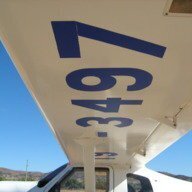-
Posts
3,477 -
Joined
-
Last visited
-
Days Won
19

Bruce Tuncks replied to FlyingVizsla's topic in Aircraft Building and Design Discussion

Bruce Tuncks replied to FlyingVizsla's topic in Aircraft Building and Design Discussion

Bruce Tuncks replied to old man emu's topic in AUS/NZ General Discussion

Bruce Tuncks replied to old man emu's topic in AUS/NZ General Discussion

Bruce Tuncks replied to eightyknots's topic in Engines and Props

Bruce Tuncks replied to skippydiesel's topic in Instruments, Radios and Electronics

Bruce Tuncks replied to eightyknots's topic in Engines and Props

